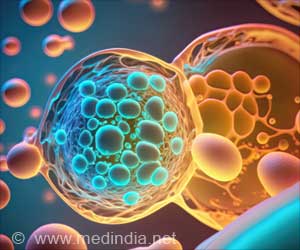Researchers from University of Minnesota have identified a molecular mechanism that may explain the onset of sun-induced skin cancer.
The molecular mechanism behind sun-induced skin cancer has been identified by researchers from University of Minnesota.
The researchers found that the point of entry for skin cancer in response to sun exposure is in receptor molecules, molecular "hooks" on the outer surface of cells that also pull cannabinoid compounds found in marijuana out of the bloodstream."The question at the core of this research was, 'Why does ultraviolet light induce skin cancer?'" said Zigang Dong lead researcher, professor of cellular and molecular biology and director of the University's Hormel Institute.
"The idea is to find an agent that can prevent skin cancers after exposure to the sun," Dong added.
The receptor molecules are protein structures that are components of cells' outer membranes. Its function is to catch specific compounds from the blood and enable the cells to engulf or otherwise interact with the compounds.
The researchers began their search with plant cells because plants must interact with UV light in order to harness its energy for photosynthesis.
They found that the UV receptors in plants ought to be similar to any found in humans, and, therefore, the genes for the plant and human receptors must also be similar.
Advertisement
The team also found that two receptors for cannabinoids also responded to UV light. They made the discovery during a search for the initial interaction between UV light and human skin cells.
Advertisement
They removed the genes for the cannabinoid receptors. The results showed that the skin of the resulting adult mice, which lacked the receptors, was resistant to the development of UV-induced inflammation and skin tumours called papillomas.
When they exposed cannabinoid receptors to UV light, the receptors changed from an inactive to an active state, indicating they had absorbed and responded to the light.
The study appears in May 15 issue of Cancer Research.
Source-ANI
RAS/L











